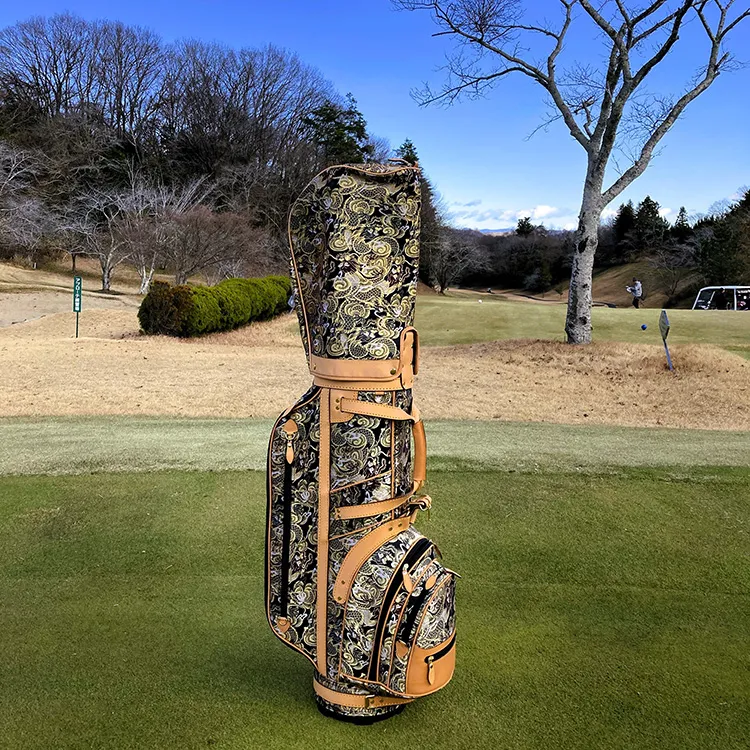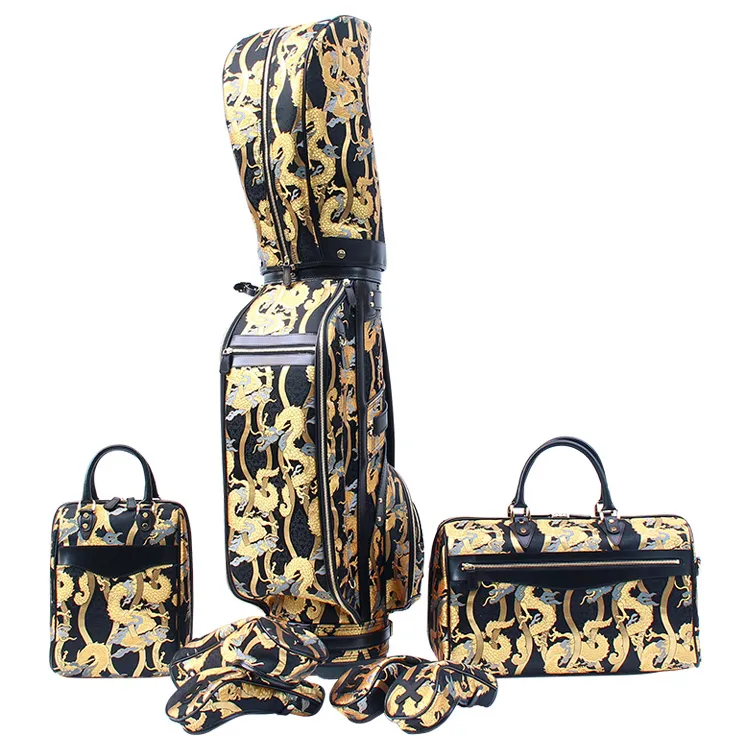About Nishijin Weaving:
Nishijin weaving has a rich history dating back to the Kofune era(3rd-7th century), and it flourished during the Heian period (8th-12th century) as an imperial fabric loved by the court and nobility.The focal point of its development was the Muromachi era (336-1573), where unique techniques and designs were honed, earning itthe name “Nishijin.” One distinctive feature is the use of pre-dyed threads, interwoven with gold and silver threads to create luxuriouspatterns.
The utilization of pre-dyed threads allows for the expression of beautiful patterns through various weaving methods. The incorporation of gold and silver threads produces intricate designs such as brocade, showcasing the unique craftsmanship and beauty of Nishijin weaving.
Nishijin weaving comprises 12 different varieties (weaving techniques), each with its own distinctive features. Techniques like “Futsu” and hand-twisted sleeves showcase individual characteristics. Futsu involves a unique method where the color patterns reverse on the front and back, while hand-twisted ksleeves emanate a rustic charm accentuating handcrafted twists.
Reflecting on its history, Nishijin weaving evolved as an imperial workshop, prospered during the Muromachi period (1336-1573), and modernized during the Meiji era (1868-1912) with the introduction of Western technology. Throughout these changes, Nishijin weaving has cherished tradition, embraced innovation, and continues to shine as a brand representing Japan’s textile heritage. Its unique charm remains eternal, captivating those who seek to connect with Japan’s traditions and arts.

